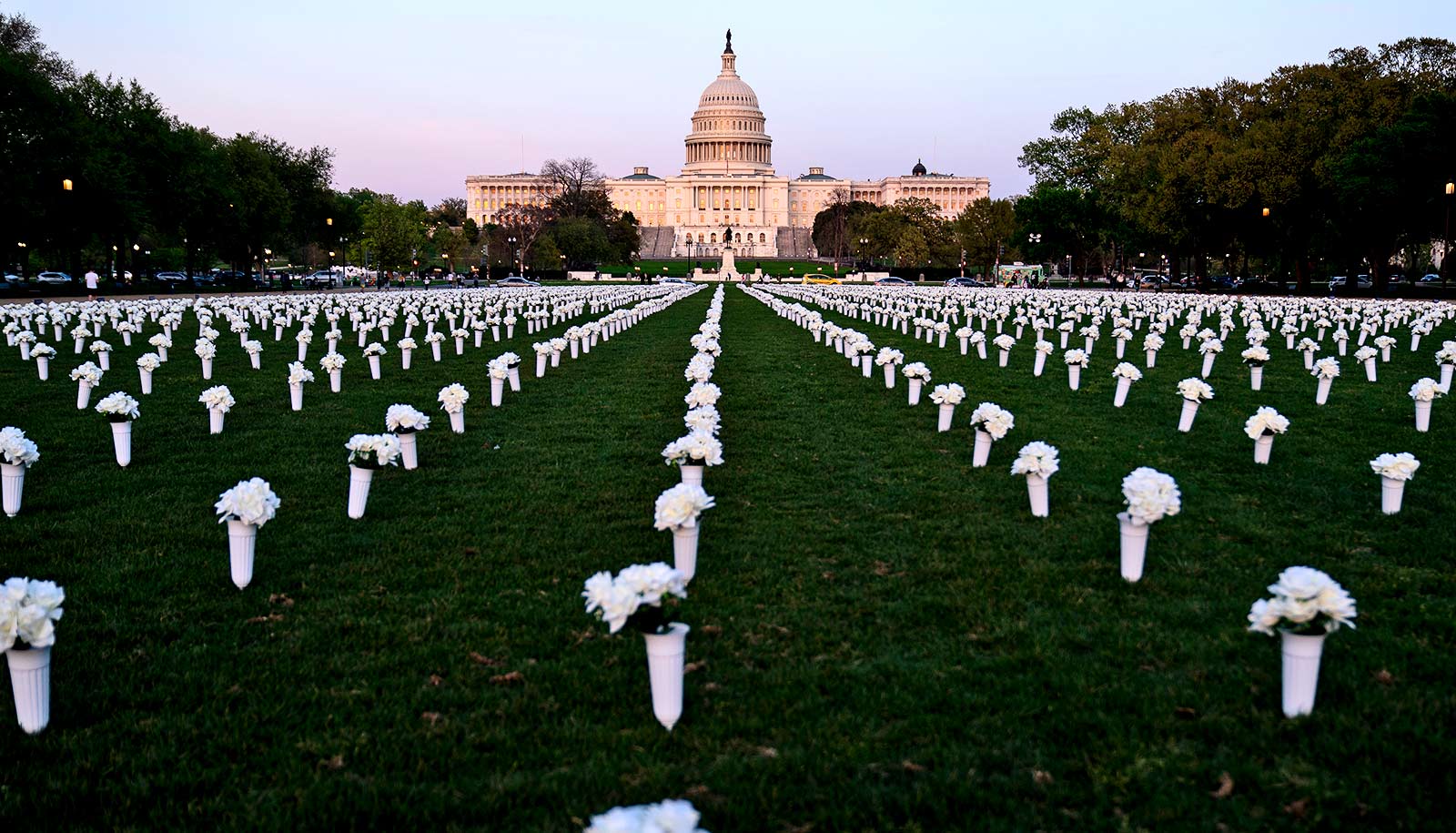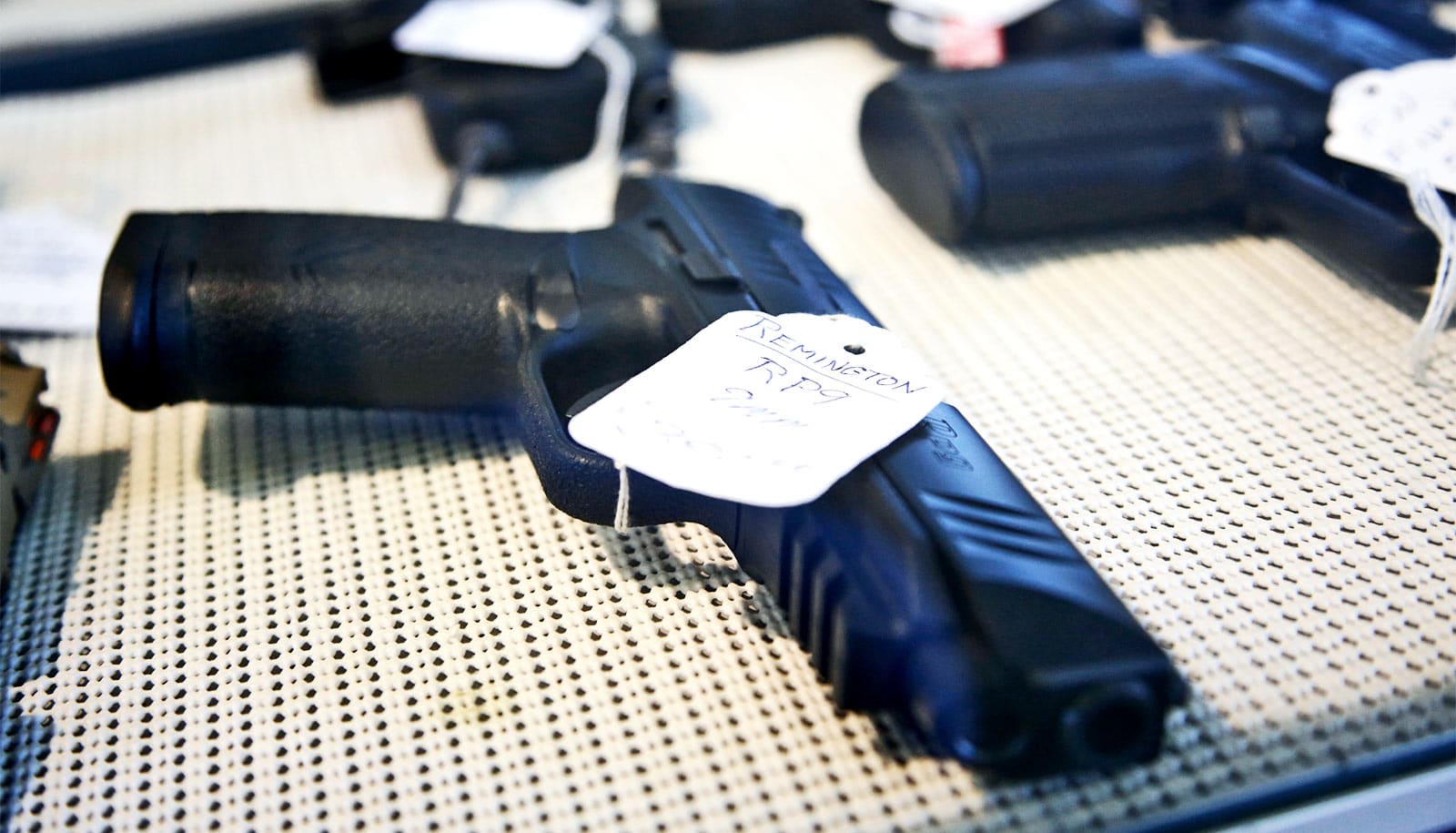Gun violence increased by more than 30% in the United States during the COVID-19 pandemic, according to a new study.
The researchers say that stress, domestic violence, lack of social interaction, and greater access to firearms might have contributed to the increase.
According to the researchers, these findings come at a time when many hospitals remain inundated with COVID-19 cases and face challenges related to limited resources, such as blood products, intensive care beds, personal protective equipment, and staffing. They say gun violence increases the burden on health care systems that are already in high demand. The researchers also warn that if gun-related incidents continue to rise, hospitals may experience additional strain.
The researchers obtained data on shooting deaths, suicides, and gun-related injuries from the Gun Violence Archive. They analyzed daily incidents in each state, as well as the District of Columbia, from February 2019 through March 2021. They compared incidents reported before the pandemic (February 2019 through February 2020) to gun violence reported during the first year of the pandemic (March 2020 through March 2021).
According to the findings published in Scientific Reports, 28 states experienced a significantly higher number of shootings during the first year of the pandemic. In some states such as Minnesota, Michigan, and New York, the rate of gun violence rose by more than 100%. Meanwhile, Alaska was the only state to see significantly lower rates of gun violence during the pandemic.
According to the researchers, added stress and worry, along with fear and uncertainty, may have fueled an increase in gun sales. Based on data from the National Instant Criminal Background Check System, there was a 41% increase in handguns sold in March 2020 compared to the same period in 2019. According to the researchers, all of these factors may have led to the increase in gun-related injuries and deaths during the pandemic.
“The pandemic has yielded harmful ripple effects that need to be addressed,” says co-lead investigator Paddy Ssentongo, assistant professor at the Penn State Center for Neural Engineering at the Penn State College of Medicine. “The spike in gun violence in the era of COVID-19 comes as a stark reminder that we can’t afford to ignore it any longer. Now is the time to focus on this public health crisis.”
“Our data reinforces the need to promote multiple interventions—vaccinations, testing, contact tracing, masking, and ventilation—to mitigate the COVID-19 pandemic, and in doing so, hopefully we can mitigate the downstream effects,” says co-investigator Jennifer McCall-Hosenfeld, associate professor of the departments of medicine and public health sciences.
Additional researchers contributed to the study from Penn State, Lancaster University, and Georgetown University School of Medicine. The National Institutes of Health also contributed to this research.
The researchers declare no conflicts of interest or specific funding for this research.
Source: Penn State



